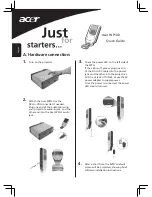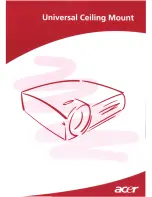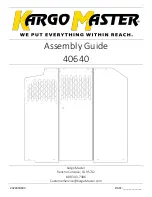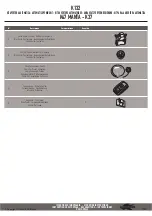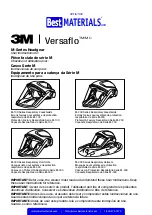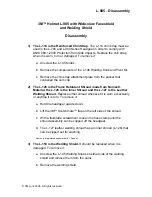
TK 61555-2-MM-EN
119
Condenser, Evaporator, and Radiator Coils
Clean the coils during scheduled maintenance inspections. Remove any debris (e.g., leaves or
plastic wrap) that reduces the air flow. Clean dirty coils with compressed air or a pressure
washer. Be careful not to bend the fins when cleaning a coil. If possible, blow the air or water
through the coil in the direction opposite the normal airflow. Repair bent fins and any other
noticeable damage.
Micro-Channel Coil Cleaning Recommendations
Cleaning Intervals
•
The coils should be cleaned a Minimum of once a year.
•
It is recommended that any time the unit is in for service or maintenance that the coils be
inspected and cleaned if needed.
•
The coil should be cleaned if there are visible accumulations that obstruct the view of the fins
or tubes of the coil.
•
The coils should be cleaned if there is debris imbedded in the tubes and fins.
The area and conditions in which the unit operates will dictate the cleaning intervals and method
(s) needed.
Cleaning Methods
N
No
otte
e:: Listed in order of recommended method.
•
Take a cloth or towel and wipe the air side of the coil going with the fins, across the tubes.
See (
) for results. The coil will clean in a manner similar to the way lint cleans
from the lint trap of a household clothes dryer.
•
Use a soft bristled brush (DO NOT USE A WIRE BRUSH) and brush the coil going with the
fins, across the tubes. The coil will clean in a manner similar to the way lint cleans from the
lint trap of a household clothes dryer.
•
A vacuum with a soft attachment can be used to suck the debris off the face as well as in the
fins and tubes from the air side of the coil.
•
Compressed air can be used and will work best when blown thru the coil from the non-air
side when possible. Blowing thru from the airside may imbed debris in the coil that was only
on the surface. It is recommended to start with one of the first three options before using
compressed air if the non-air side is not accessible. The angle at which the air should be
directed at the coil should not be less than 75 degrees (
).
•
Power water sprayer may be used in pressures under 600 psi. Water will work best when
blown thru the coil from the non-air side when possible. Spraying thru from the airside may
imbed debris in the coil that was only on the surface. It is recommended to start with one of
the first three options before using water if the non-air side is not accessible. The angle at
which the water should be directed at the coil should not be less than 75 degrees (
).































